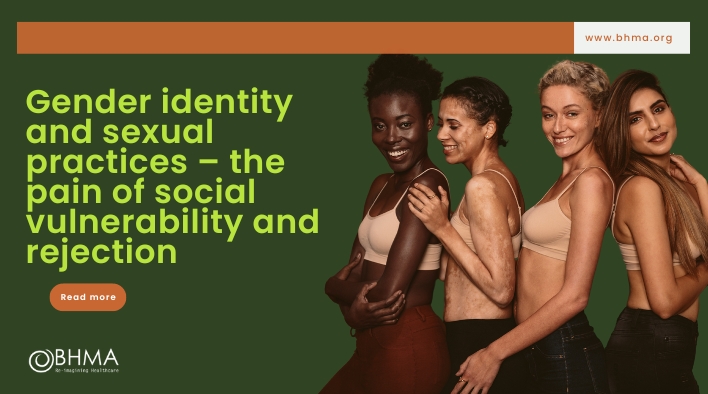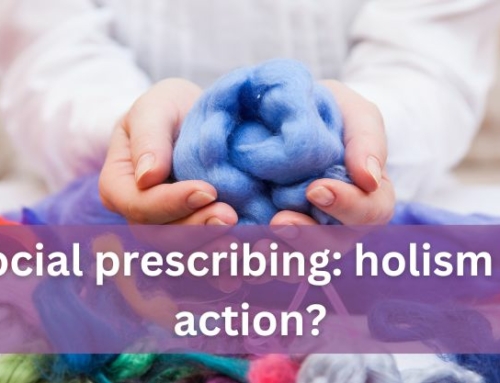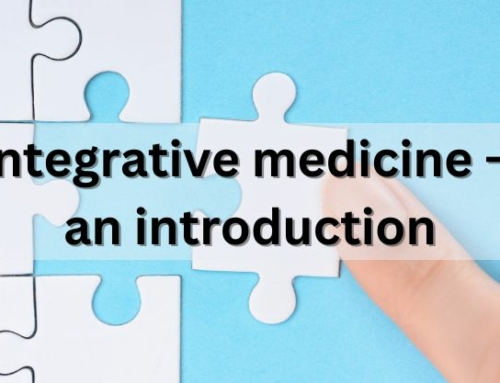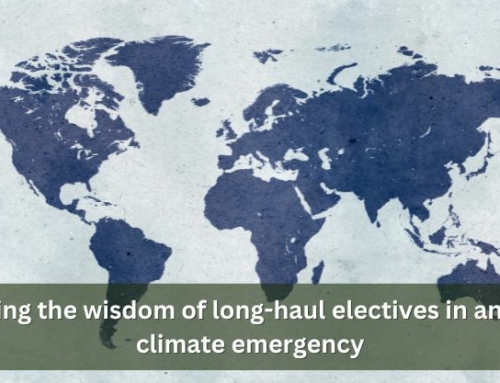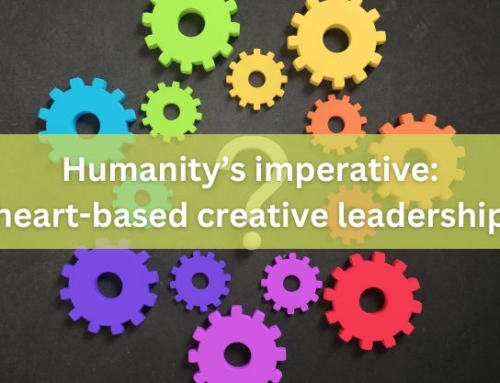Gender identity and sexual practices
William House Retired GP; Chair of the BHMA
Published in JHH14.3 – Women’s Health
On a sunny Sunday in June I visited Tate Britain gallery in London with my artist wife. Instead of the usual big Sunday crowds the foyer was almost empty. One of the staff said, ‘People only come for the big shows with big names’. But it is a big show and it does have big names – David Hockney, John Singer Sargent, Francis Bacon. There must be another reason. The show in question is Queer British Art, 1861–1967. For us it is one of the most fascinating and extraordinary exhibitions we have every seen. In his five star Guardian review, Adrian Searle describes it beautifully as ‘strange, sexy, heartwrenching’. Surely these epithets describe humanity! They make life worth living. But living a worthwhile life while being true to our deepest needs is not easy, and this is the essence of the exhibition. The major cultural changes over the show’s chosen century evoke society’s struggle to accommodate our strangeness, our sexiness and our heartwrenching tragedies.
The exhibition time span marks key points in our culture’s attitudes to ‘deviance from the norm’ in gender identity and sexual practices. In 1861 the longstanding death penalty for ‘sodomy’ (anal sex) between males was abolished. It was not finally decriminalised until 1967. But the show covers much more than sexual practices and pays at least equal attention to women – whose homosexual practices have never been criminalised in England. Our attitudes and asinine laws fit very uneasily with our species’ evident diversity and fluidity in these respects. As Carl Jung taught, every woman has a male side, their animus, and every man, an anima. So it’s no surprise that our forebears, including the supposedly prudish Victorians, were just as sexy and strange in their private thoughts and actions as we are. The exhibition shows powerfully the private misery, illness and suicide that follows from the repression of these deepest instincts. It celebrates the crucial role of the creative arts in showing us this. Examples are Gluck’s 1942 self-portrait and Charles Buchel’s 1918 portrait of Radclyffe Hall. To my eyes, these paintings subtly depict the pain of social rejection. Both subjects were born female. The show also includes the actual cell door of Oscar Wilde’s incarceration in Reading Jail – a ‘found object’ hung on the wall.
So what is it all about – this public intolerance of difference? In common with all social animals we have a deep need to belong and to have a role and identity within a social group. This helps us to create our sense of self-worth, and the group to be cohesive. Group survival and ultimately survival of our species depends on this. We have evolved to cleave to our kind. It runs deep. Not surprisingly, this is exaggerated when we feel threatened, then we are tempted to blame and perhaps attack the ‘other’. Tragedy usually ensues. Certainly, attitudes to sexual and gender difference have waxed and waned according to the local, national and global economy, levels of migration and particularly inequality and injustice. Some of this is shown in the exhibition, especially the liberalising mood of the first decade of the twentieth century through the Bloomsbury Group, including William Strang’s remarkable painting of Vita Sackville-West and in the 1920s and early 1930s, especially in the Weimar Republic. Each of these periods was followed by a violent backlash and catastrophe. The exhibition ends with our emergence from World War 2 and the start of the 1960s liberalisation ushering in the 1967 Sexual Offences Act decriminalising homosexual acts between men in England and Wales. As I write we are once again turning away from liberalisation, looking inwards, being fearful and pushing away the different other. Perhaps this explains the empty Tate foyer, or was it just a quiet day?
Curiously, studies of evolution also tell us that survival requires as much diversity as conformity. Difference generates vital creative energy that enables change. This is one of the many contradictions we must somehow cope with. It is why the challenge of difference will never go away. It lurks just below the surface in all of us. For instance, I attend a weekly early morning conversation café, where a few weeks ago I sat facing five women across the table. All are friends. I heard myself speaking about love and suddenly felt ‘different’ – a lone male trampling over female territory. The female friends before me became formidable women. I shrank back and said sheepishly, ‘But who am I to speak of love!’. They accurately read my feelings, encouraged me to speak of love, and this column is the result.

